Buying vintage is akin to finding treasure: rare, unique pieces that boast their very own savoir-faire. But it’s often difficult to know where to start. We dive into the world of vintage jewellery, and share a comprehensive guide for shopping smart.
Omnēque founder, Amanda Zuydervelt, first saw the beauty of craftsmanship when she witnessed her mother remodelling two quite ordinary rings into a single ring: it became a treasured piece that people talked about. Amanda, an entrepreneur and businesswoman, saw a gap in the market for a specialist vintage and antique jewellery website. With previous experience working for Richemont in watches and jewellery, it seemed like a natural progression to set up Omnēque – and to build a business that reflected her passion and knowledge for jewellery, while supporting a circular economy.
Josephine Odet, Omnēque’s Head of Fine Jewellery Buying, and Charlotte Rogers, their Head of Vintage Fashion Curation, tell us what to look for when buying vintage.
Josephine Odet: Individuality, rarity, quality and contributing positively to the circular economy are top advantages. Antique and vintage jewels – by their nature – are more unique, rare, and individual and, quite simply, they’re made to last. When the fast fashion aspect didn’t exist, some incredibly beautiful and complex techniques were used in creating antique pieces. These have been lost or replaced by modern manufacturing techniques.
Charlotte Rogers: Vintage fashion jewellery offers the customer the opportunity to buy something entirely unique, and not available on the high street. Many of my customers want to wear – say – a Chanel necklace but they don’t want to wear one that someone else will have on at the same event. In this case, they opt for vintage. It adds allure to an outfit, and an air of owning something that few others have.
View this post on Instagram
Which brands or designers should we be collecting?
JO: Well-known names and heritage houses like Cartier, Tiffany & Co, Bulgari, Van Cleef & Arpels, Chaumet, Lalique, Chopard, Boucheron, and Harry Winston are all collectable. This is thanks to brand value, recognisability, and quality, plus iconic and timeless designs. Jewels by these houses tend to hold, and even increase their value. However, there is an increasingly strong demand for pieces by 20th-century modernist and avant-garde designers such as Suzanne Bellperon, Boivin, Shlumberger and Grima, who created exciting and ‘ahead of their time’ jewels.
CR: In fashion jewellery, I always advise sticking to the classically recognised and most sought-after designers. Houses such as Chanel, YSL (pre-Saint Laurent), Dior, and Givenchy present a good place to start when collecting jewellery.
What do you look for when buying pieces?
JO: Design, craftsmanship and quality – timeless, iconic jewels which represent the best of their period. I pay particular attention to the condition of the piece, and make sure that it is in its original (un-modified) state. I am also extremely careful about jewels which are being sold as original but are in fact reproductions, and I’ll usually avoid any jewels which have been mass manufactured and lack strong design. But what’s paramount is to buy what you love – jewellery is incredibly personal and visceral.
Best investment pieces?
JO: Signed antique and vintage jewels from the historic jewellery Maisons – Cartier, Van Cleef & Arpels and Bulgari – consistently prove to be great investments. Not only are they beautifully made, but they also have one-of-a-kind status. Jewels with provenance, particularly Royal provenance, will ensure a solid investment status. When it comes to buying precious gemstones, diamonds, rubies, sapphires and emeralds reign supreme. However, people who had the foresight to buy Paraiba tourmalines twenty years ago will definitely argue that they were a great investment! Rare diamonds, defined due to their size, quality (high colour and clarity, or type like Type IIA diamonds) fancy colour or origin (for example Argle pink diamonds) continue to demand high prices, and rarely see significant decreases in value. In terms of coloured gemstones, I look for natural (unheated or treated) gemstones, accompanied by a gemological certificate from an internationally recognised laboratory.
CR: The best pieces for investment will come from the major fashion houses. These items have a history having been, for example, on the Chanel runway worn by Linda Evangelista for a famous Karl Lagerfeld collection. Books and archives that prove the item was a part of a famous collection are really helpful, so a top tip is to buy old reference books when you find them!
View this post on Instagram
What era should we be looking for?
JO: There’s a constantly strong demand for jewels from the Georgian, Victorian, Edwardian, Deco, Retro and Vintage (60s-90s) eras. For example, Georgian jewels are particularly coveted on the market for their uniqueness, craftsmanship, and the fact that they have survived intact for hundreds of years. The diamonds and coloured gemstones in Georgian pieces are inherently rare and have such character and integrity. The Deco era has been consistently in demand.
View this post on Instagram
What’s trending?
JO: The wonderful thing about vintage and antique jewels is that they transcend trends – they’re eternally chic and will never go out of style. But a general buying trend is that clients are increasingly open to the secondary market, and are choosing vintage and antique jewellery over new. In terms of designers, Suzanne Belperron and Boivin have been hot on the market. Style-wise, Talisman, zodiac jewels, beautiful vintage gold chains, and charms are definitely here to stay. There’s also been a continuing trend for the last few years for bold gold jewels from the 1970s, 80s & 90s.
Where are your favourite places to find vintage gems?
JO: From trusted sources! It often depends on the maker, designer, style, and era. However, the UK, France, Switzerland and the USA are consistently strong markets for sourcing quality vintage and antique jewels.
CR: I travel all over the world in pursuit of vintage jewellery, but Paris and Milan are always at the top of my list.
Dos?
JO: Do get help from a specialist and do your research. Specialists are very generous with their knowledge and always happy to accompany you on your journey to buy vintage and antiques. Omnēque is home to some incredible jewels and some equally wonderful jewellery specialists, who look at each piece first-hand in order to assess quality, craftsmanship and condition. Ask for advice, further images, information, condition reports and certificates – and be careful of reproduction and fakes. They are out there and some can be very tricky to identify: ask a trusted specialist or buy from someone who guarantees their authenticity.
Dont’s?
JO: Don’t buy jewellery because it’s ‘trending’ and don’t be afraid to buy unsigned vintage and antique jewellery. Many antique jewels were not signed by a well-known jewellery Maison but are of an equal quality to a signed piece. 150 years ago, brands were not a thing.



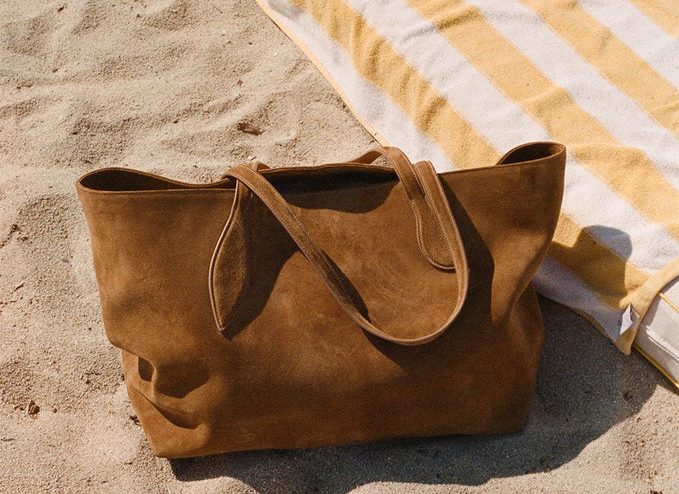


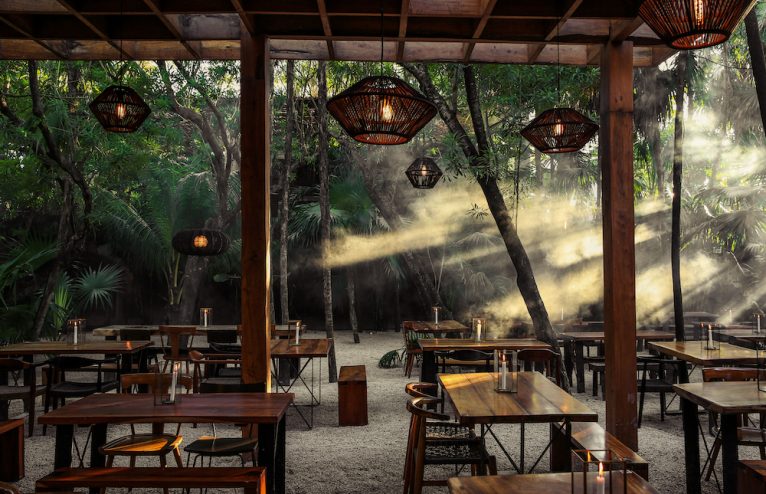
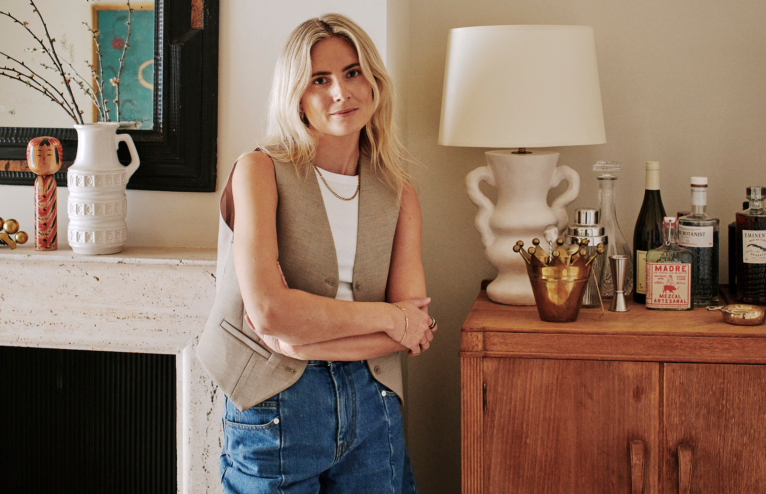
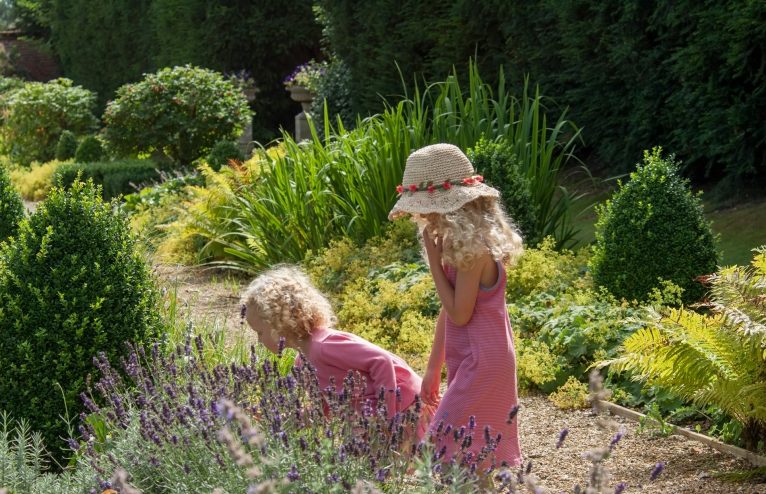





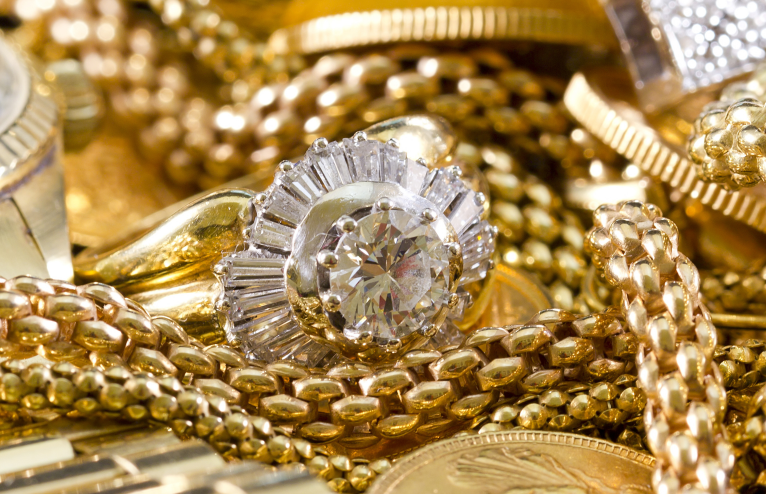
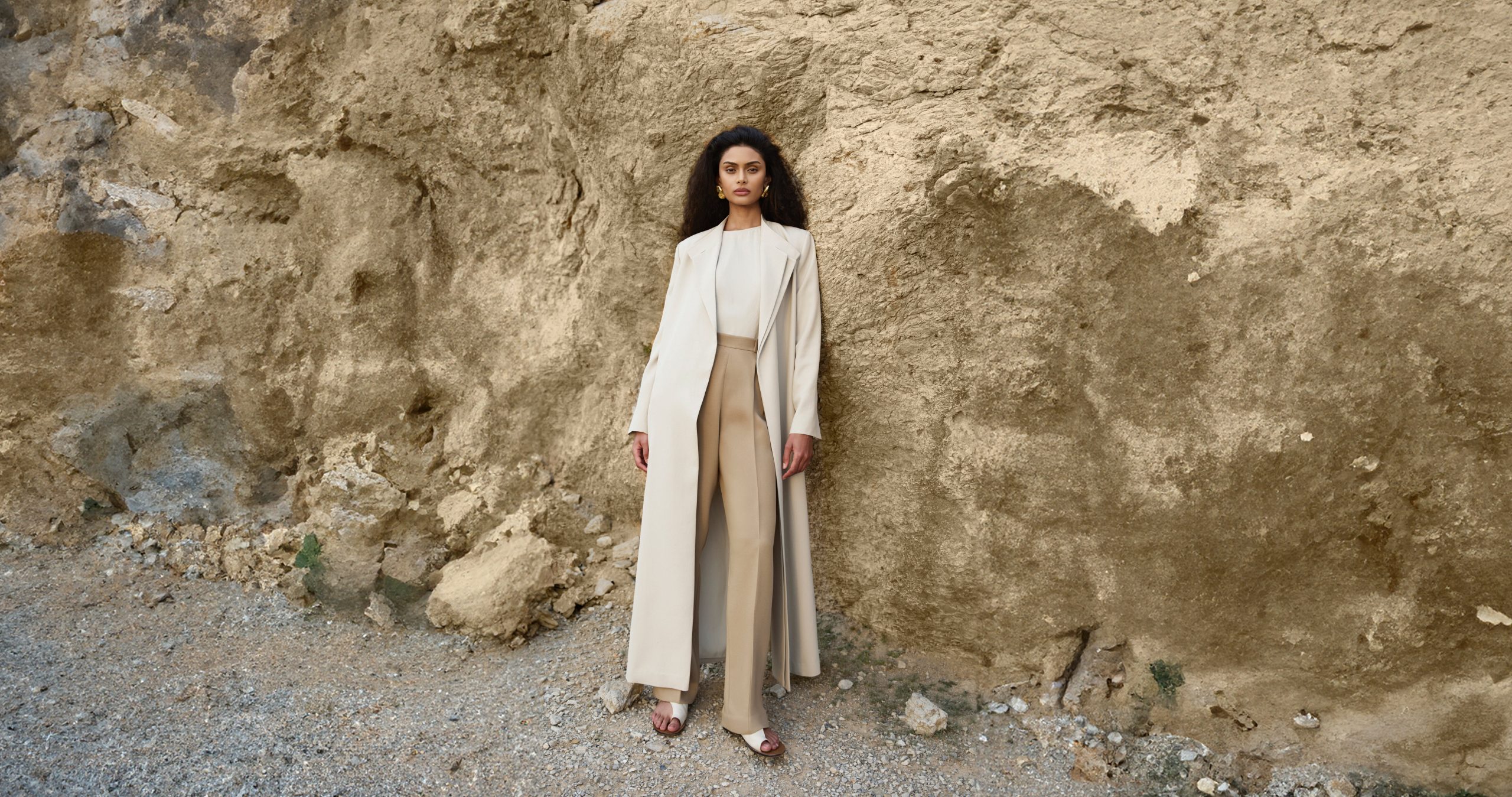

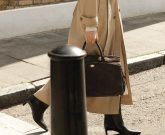

Any Questions or Tips to add?